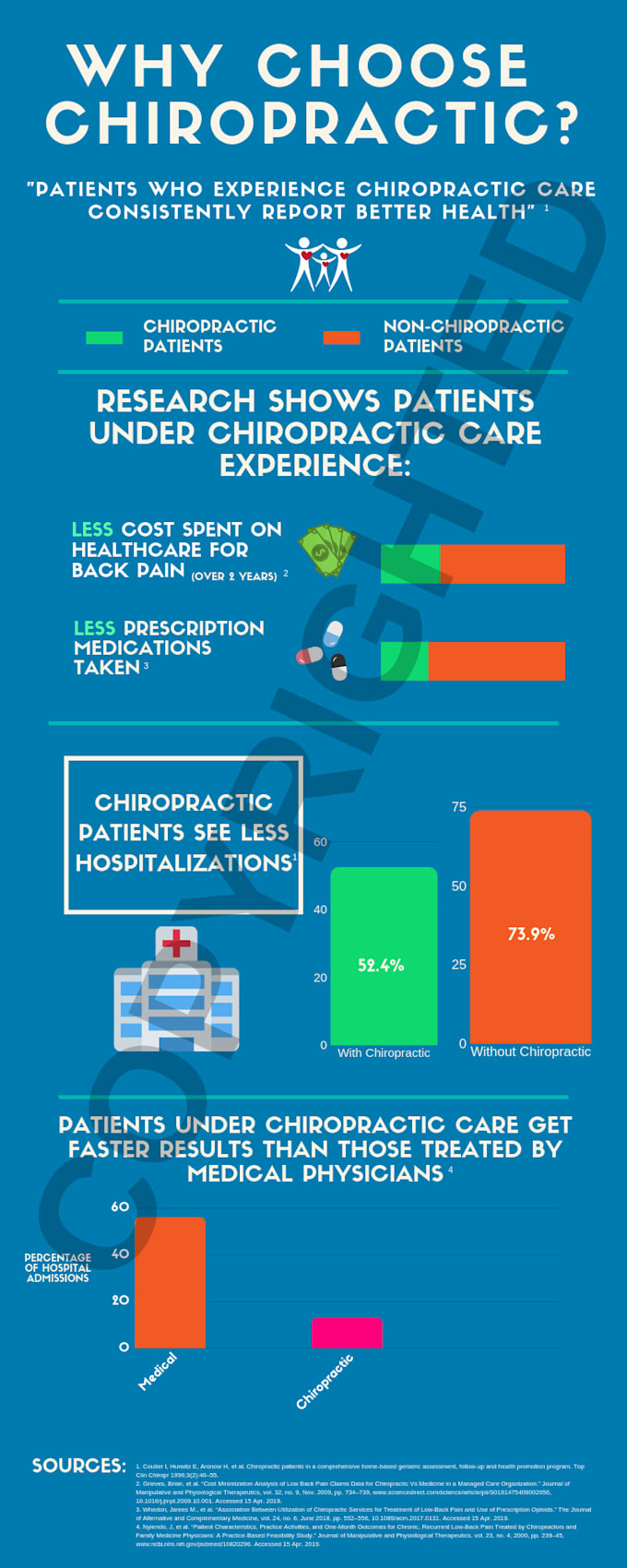The Function Of Nourishment In Neck And Back Pain Administration: Foods To Consume And Avoid
The Function Of Nourishment In Neck And Back Pain Administration: Foods To Consume And Avoid
Blog Article
Staff Author-Whitley Wiese
When it involves managing your neck and back pain, the food choices you make can dramatically influence just how you really feel on a daily basis. Think of having the ability to reduce your pain merely by adjusting what you consume. By recognizing the function of nourishment in pain in the back management and knowing which foods to include or avoid, you can take positive actions in the direction of a much healthier and much more comfortable lifestyle. The link in between nourishment and back health is extra extensive than you may understand-- let's check out just how specific foods can either relieve or exacerbate your pain in the back.
Relevance of Nourishment in Neck And Back Pain
Nourishment plays a crucial duty in taking care of neck and back pain. Your diet regimen can considerably affect swelling degrees and overall discomfort degrees in your back. Consuming informative post balanced diet abundant in nutrients like vitamins D and K, calcium, magnesium, and omega-3 fats can help reduce inflammation and enhance bones, which are crucial for back health and wellness.
Furthermore, maintaining a healthy and balanced weight with correct nourishment can reduce tension on your spine, lowering the risk of neck and back pain.
Moreover, certain nutrients like anti-oxidants found in fruits and vegetables can help battle oxidative anxiety and promote healing in the body, including the back muscle mass and back.
On the other hand, taking in excessive quantities of processed foods, sweet beverages, and undesirable fats can add to swelling and weight gain, aggravating neck and back pain.
Foods to Eat for Back Health And Wellness
To sustain a healthy back, integrating nutrient-rich foods into your everyday meals is key. Including https://professional-chiropractor06273.ziblogs.com/31287540/demystifying-chiropractic-care-adjustments-a-beginner-s-comprehensive-guide in antioxidants like berries, spinach, and kale can help in reducing swelling in your back, easing discomfort and discomfort. Omega-3 fatty acids located in fatty fish such as salmon and mackerel have anti-inflammatory residential properties that can profit your back health.
In addition, taking in nuts and seeds like almonds, walnuts, and chia seeds offers essential nutrients like magnesium and vitamin E, which support muscle feature and minimize oxidative tension. Integrating murrayhill chiropractic as hen, turkey, and tofu can help in muscle mass repair work and upkeep, advertising a strong back.
Do not forget to consist of dairy products or fortified plant-based alternatives for calcium to sustain bone health and wellness. Lastly, moisturize with a lot of water to maintain your spinal discs moistened and working ideally. By including these nutrient-dense foods in your diet regimen, you can nurture your back and support total back health and wellness.
Foods to Prevent for Back Pain
Choose staying clear of refined foods high in added sugars and trans fats when seeking relief from neck and back pain. chiropractor acupuncture near me of foods can contribute to inflammation in the body, which may worsen pain in the back. Say no to sweet treats sweet, pastries, and sugary drinks, as well as fast food things like hamburgers, french fries, and fried hen that are typically filled with trans fats.
In addition, avoid foods consisting of high degrees of refined carbs, such as white bread, pasta, and pastries, as they can surge blood sugar level levels and potentially get worse inflammation in the body.
It's also smart to restrict your intake of foods high in saturated fats, like red meat and full-fat dairy products, as they can add to inflammation. Refined foods like deli meats, chips, and packaged treats are usually high in saturated fats and ought to be consumed in moderation.
Conclusion
Finally, taking note of your diet plan and making wise food selections can have a substantial effect on managing back pain. By integrating nutrient-rich foods like berries, fatty fish, nuts, and lean healthy proteins, and staying clear of refined and sweet products, you can help in reducing inflammation and support in general back wellness. Keep in mind, what you consume plays a vital role in how you feel, so make sure to prioritize your nutrition for a healthier back.
